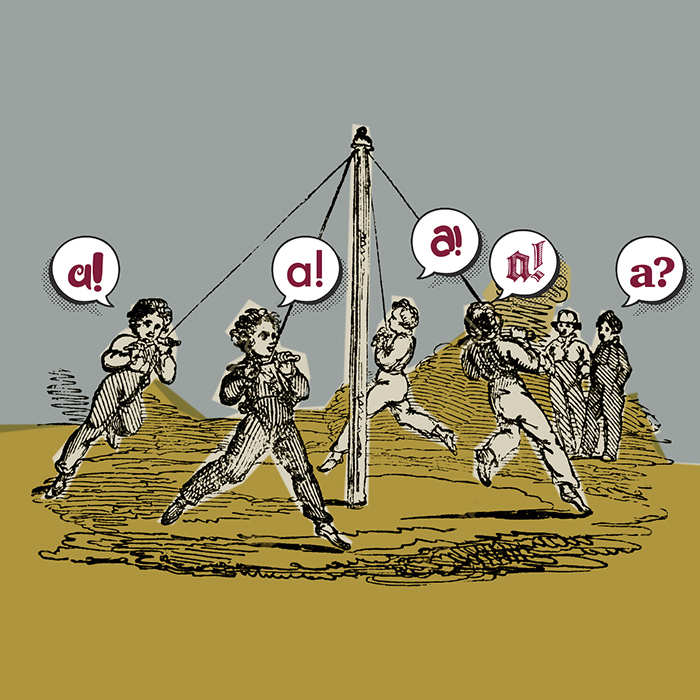As a teacher, you must ensure that students use all the knowledge they bring with them, and in doing so, it is essential that students are encouraged to stay actively engaged with their home language. After all, their home language is not only a source of knowledge, but is also the foundation on which the new language is built. And moreover, the home language is and will continue to be a large part of these students’ identity, and for their social-emotional development, it is therefore important that teachers recognize, value and functionally utilize those home languages. As a team, it is good to pay attention to this in team trainings, but especially to discuss this with students and parents and really listen to each other.


